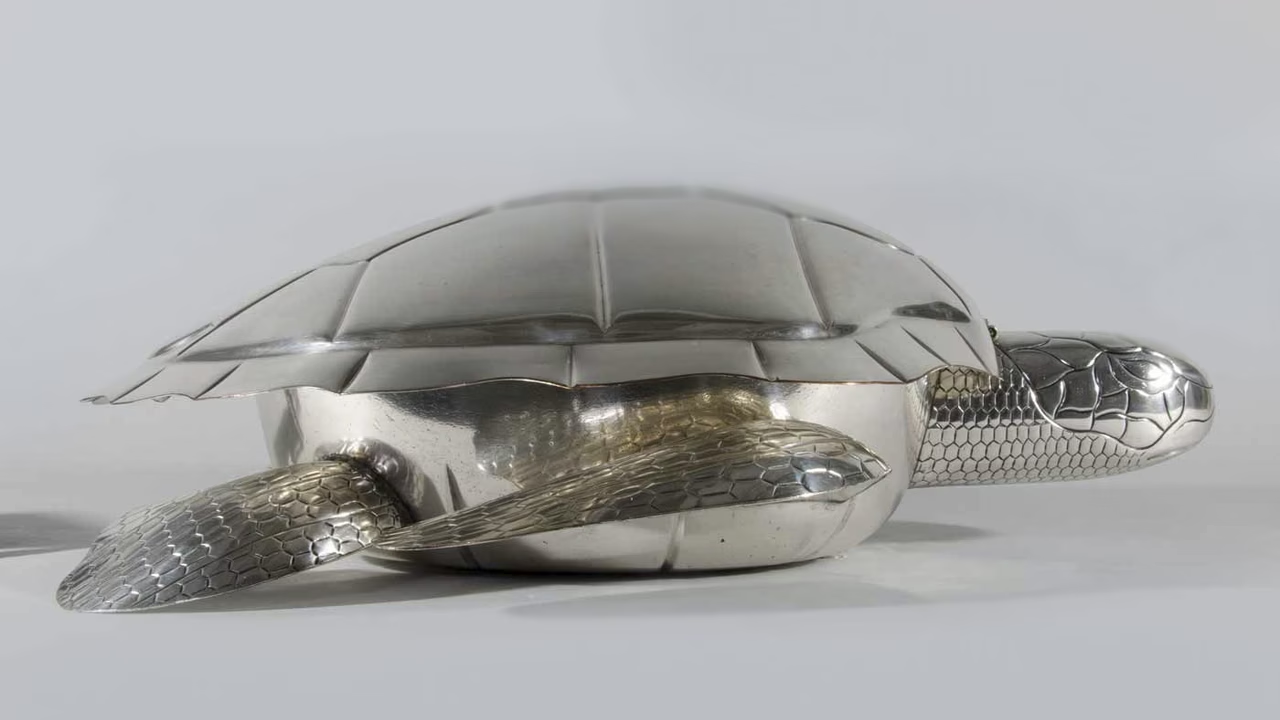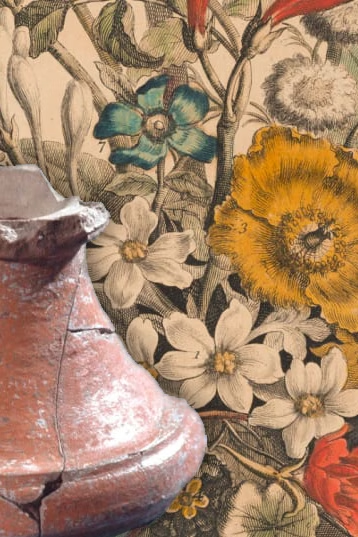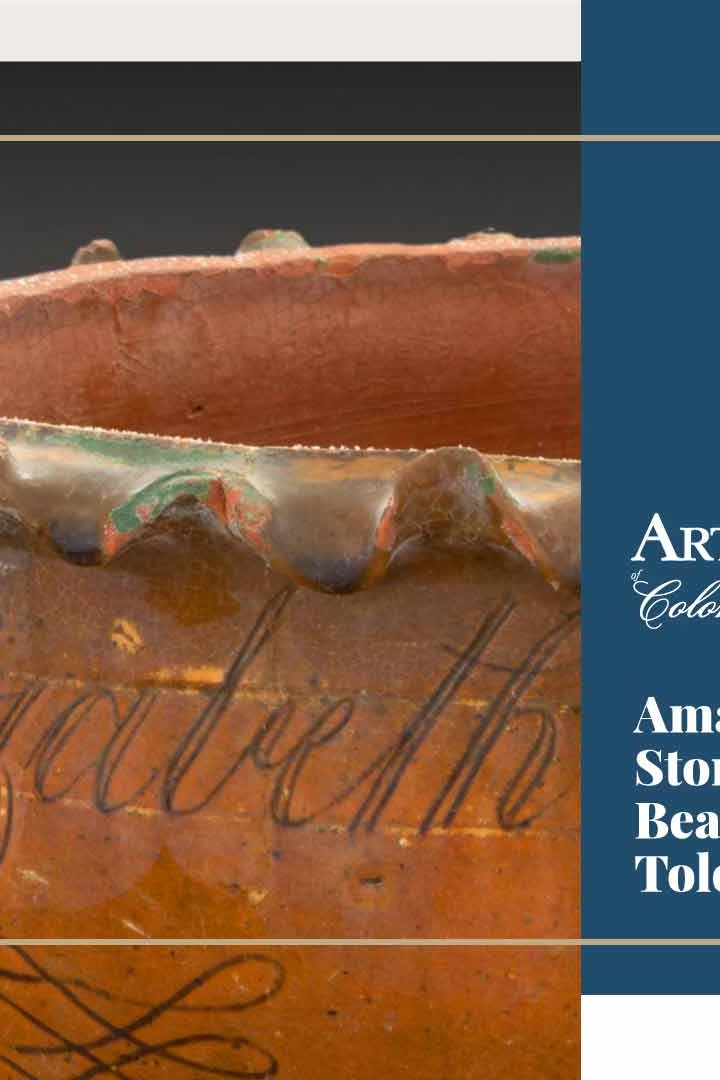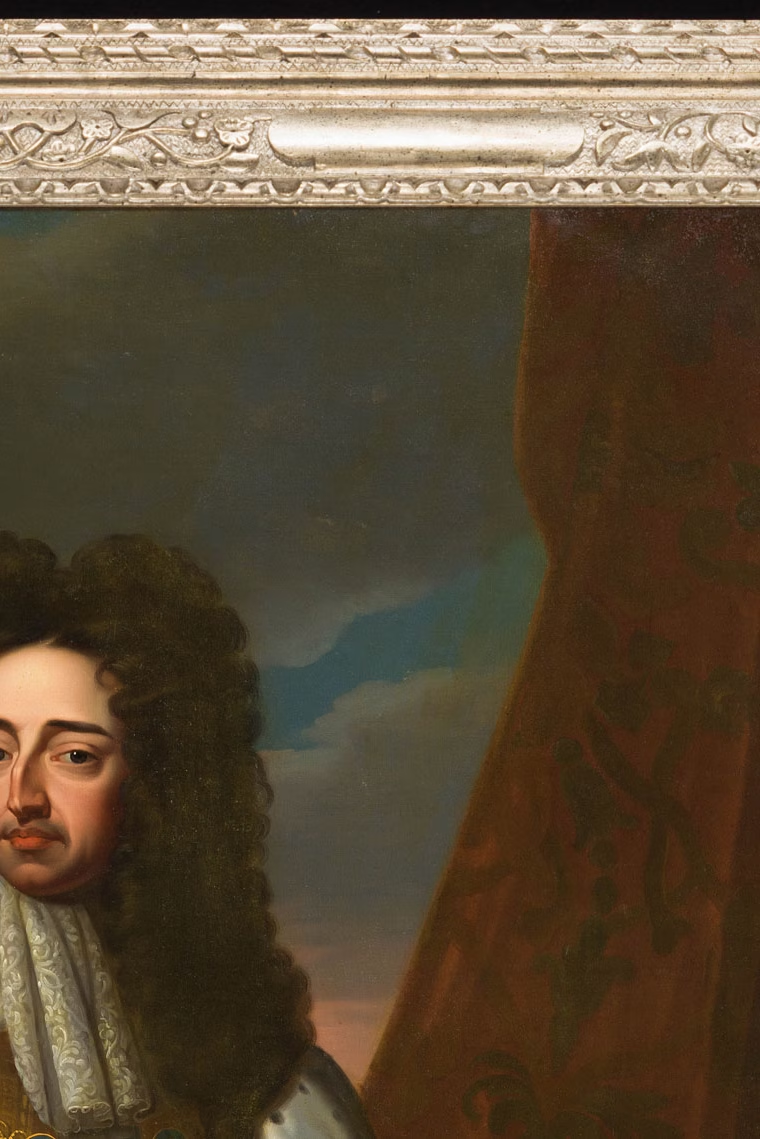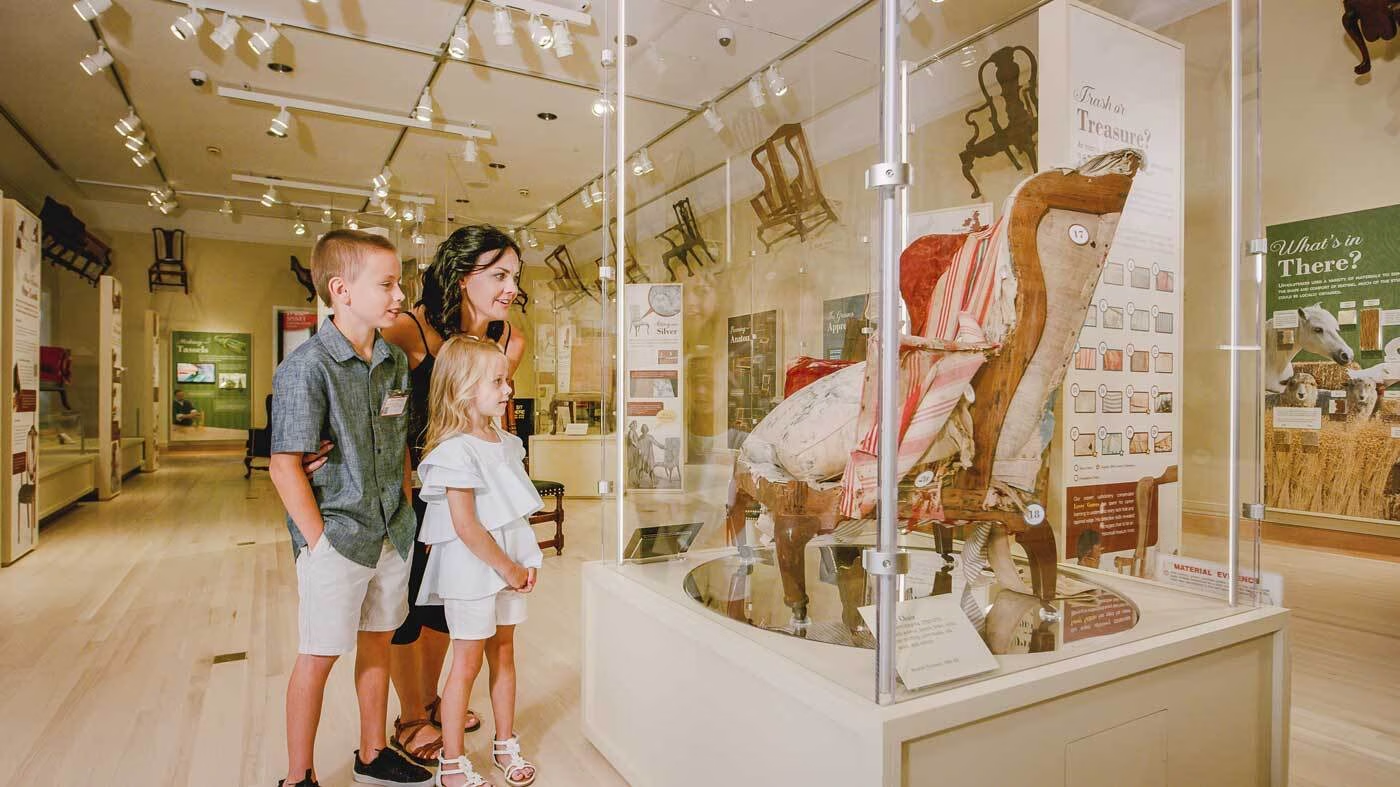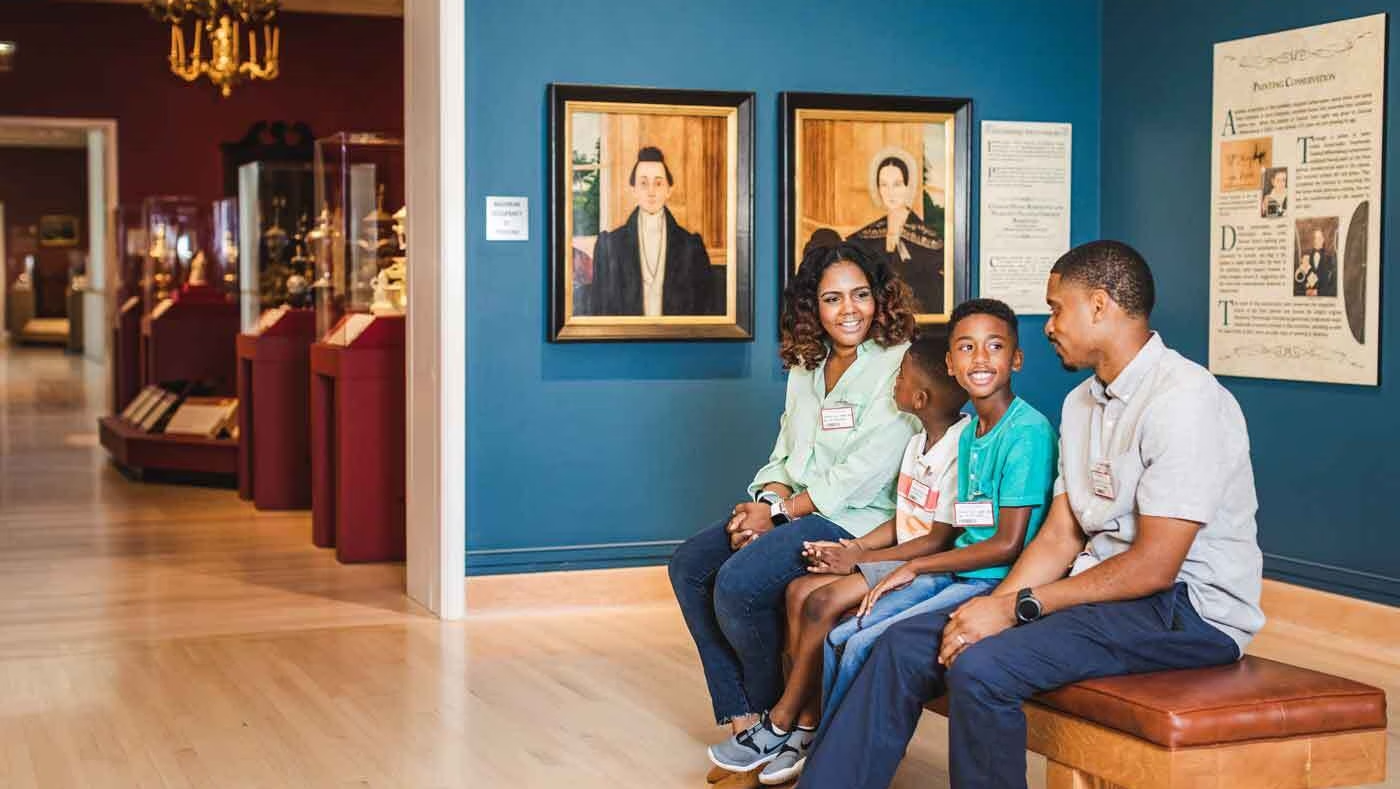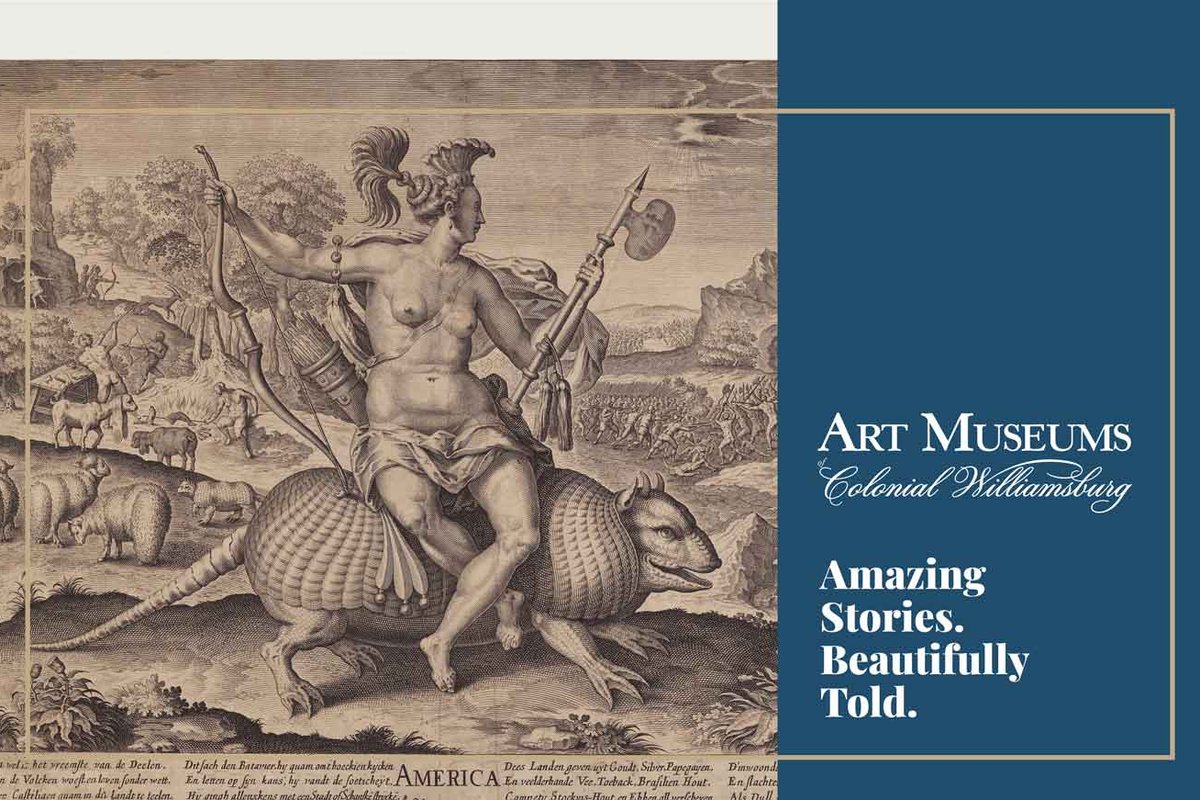
The Conservation of Visscher’s Print of America
Every object has a story. The Art Museums of Colonial Williamsburg tell the stories of a breathtaking range of folk and decorative art. Let's explore this print from our collections. Like this kind of stuff? We've got tons of it.
What is it?
This ca. 1650 Dutch print of America is the work of Claes Jansz Visscher (1587-1652). It is in turn a copy of an engraving by Adriaen Collaert (ca. 1560-1618) after a painting by Maerten de Vos (1532-1603). With Europeans’ arrivals in the Americas in 1497, artists and artisans were inspired to create images to promote the land’s abundant and “exotic” natural resources. In this image, the artist personified America as an American Indian seated upon an armadillo and surrounded by other animals (Figure 1).
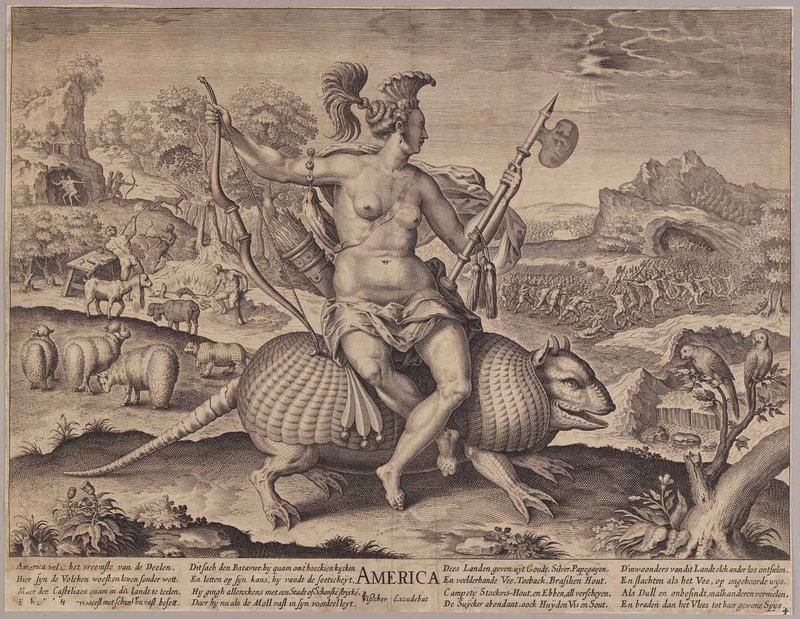
Figure 1. The print of America by Claes Jansz Visscher before conservation treatment is discolored, attached overall to a backing paper, and has small tears and losses.
What’s the Story?
In preparation for exhibition, the print underwent evaluation and treatment in the paper conservation lab. Assistant Paper Conservator Perrine LeSaux found the print to be discolored and lined to a later backing paper. It was necessary to remove this lining to address the discoloration and to fill losses (Figure 2). Removal required the use of enzymes, which digested the adhesive and allowed the backing paper to be released easily from the print.
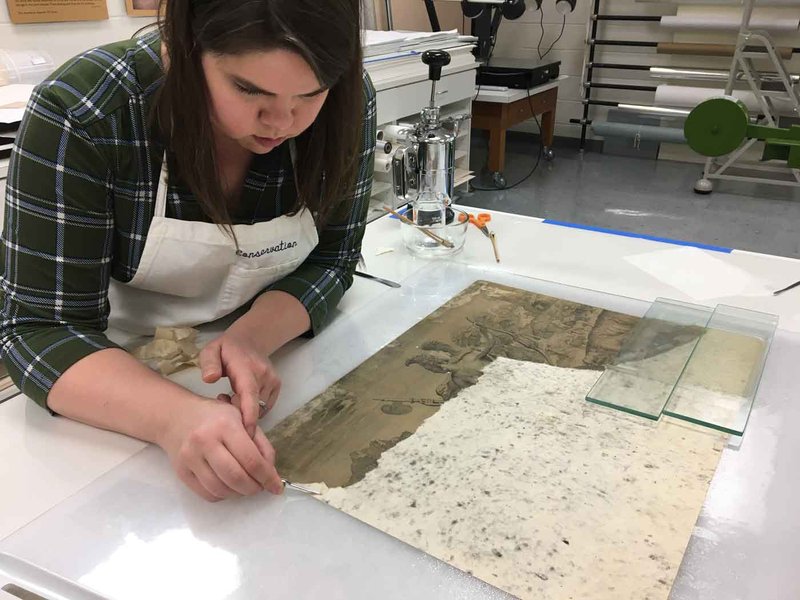
Figure 2. Perrine removing the backing paper. The thin paper appears translucent while wet.
Once the backing paper was removed, the print was placed on a lightbox so transmitted light passing through the paper could reveal the losses, tears, and thinned areas (Figure 3).
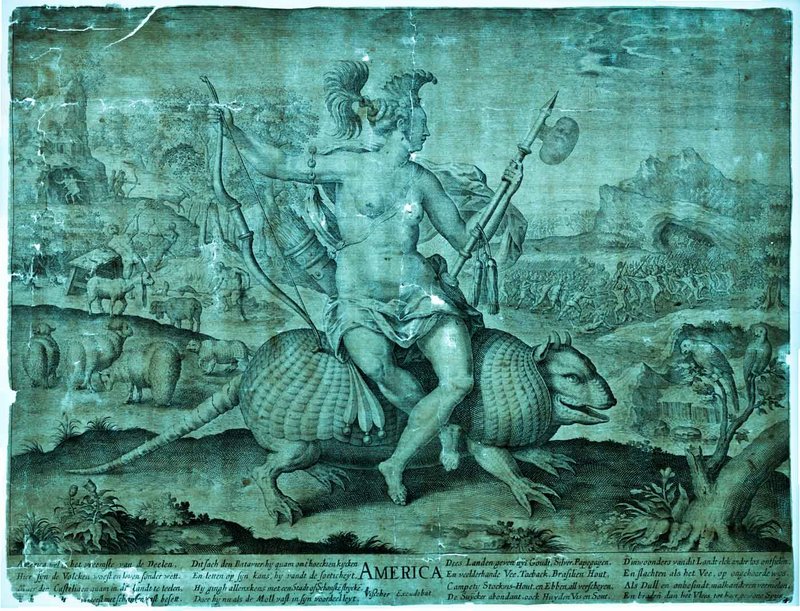
Figure 3. Light passes through the paper in this transmitted light image which highlights the losses, tears, and thinness of the paper. The paper appears blue due to light optics.
The print was then washed to reduce the discoloration and neutralize acidic compounds in the paper. Losses in paper are usually filled with additions of new paper cut precisely to fit each void, but the thinness of the skinned paper called for a different approach. Instead, a pulp mixture of macerated papers was applied gradually into the loss to produce seamless and discreet fills (Figure 4).
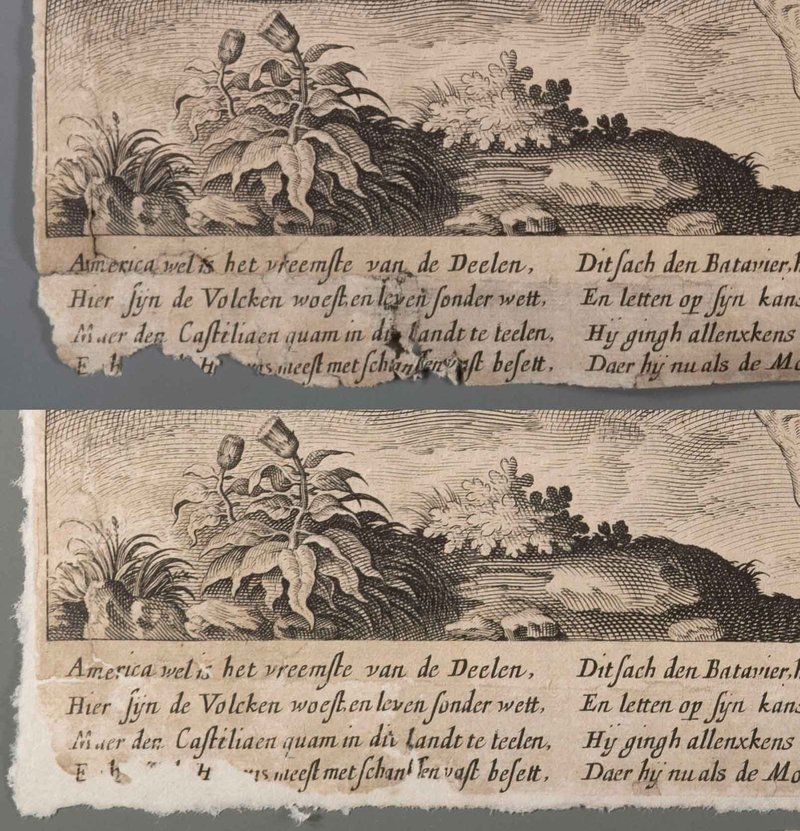
Figure 4. A detail of the print before (top) and after (bottom) where pulp was applied. The pulp fills give the print paper structure a more uniform thickness.
The tears in the print were then stabilized by adhering strips of thin Japanese tissue to the back of the paper in areas of damage. Although the pulp fills and mends stabilized the paper, the print was still very thin and delicate and needed a lining paper to support the print. Finally, the print was inpainted to reintegrate the image and reduce the appearance of damage.
Why it Matters
Due to the fastidious work done to make the print exhibit ready the print was revived for display where it stands as a reminder to modern viewers of early perspectives of America from the old world (Figure 5).
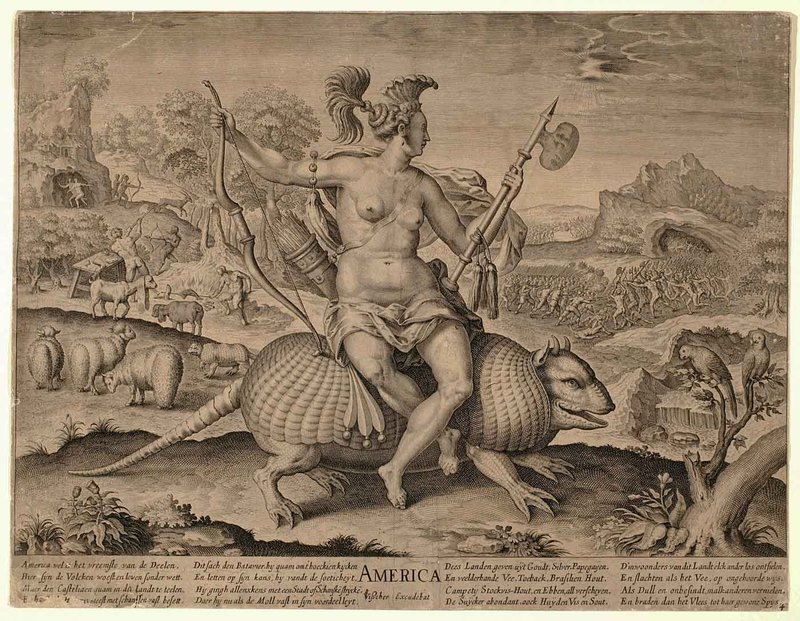
Figure 5. The print of America by Claes Jansz Visscher after treatment is stable, uniform, and ready for exhibition.
See for Yourself
You can find this print and tens of thousands of objects in our Online Collections. We also invite you to see this remarkable object in person at the Art Museums of Colonial Williamsburg and discover more amazing stories, beautifully told.
Art Museums of Colonial Williamsburg
Explore museum experiences, collections, exhibitions, virtual experiences, conservation, and more.
